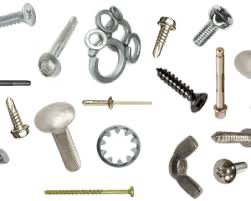
Episode #616
November 21, 2020
My garage is stocked with tools, fuels, wood, sheet stock, fabric, paint, solvents, electronics, plumbing, gardening and hardware.
Hardware is the glue that holds a project together.
In fact, i think that glue is a kind of hardware and i use it all the time.
Rubber bands are the most versatile of the hardwares, but they can also be used as a tool. i use rubber bands as a clamping tool to hold parts together until i can get a proper clamp or fastener in place. As hardware they bind a roll of fabric, paper or screen. i always keep a bag of rubber bands handy for wire management. Rubber bands help my parachute deploy.
Bungee cords are a kind of rubber band with hooks on the end… good for battening down hatches and lashing tarps. Ball bungees hook to themselves.
Zip ties are a marvel of engineering. They can be a temporary hold down or a long term anchor. For organizing wires they are unmatched even by rubber bands. Use the proper thickness or zip ties will decay and break in the sun.
Tape is handy for gluing, masking, binding and painted graphics. My shop has blue painters tape, duct tape, gaffers tape, gorilla tape, packing tape, reinforced tape, electrical tape, silicone tape, metal ducting tape and shrink tape.
“Duct tape fixes everything.”
Screws are the go-to fastener for wood. i use drywall screws for everything. My patio cover is made with drywall screws. Other kinds of screws are useful for specialty fastening, such as hinge screws, kreg screws and lag screws. The deck screw version of drywall screws will not rust.
Washers and grommets are the buffer between the fastener and the work. Fender washers are my favorite. Lock washers keep the project from vibrating loose. Grommets line the hole as well as protecting the part.
Wooden dowels and plugs bind joints and cover screws in fine woodworking.
Staples are not just for plastic and fabric. i use a pneumatic staple gun for trim. There are staples for conduits and garden hoses. Garden staples are useful with drip systems and weed barrier attachment.
Nails require piloting, hammering and setting. Meanwhile you have to hold the work together with clamps so that both your hands are free. A tip about piloting is to cut off the head of a nail the size you are using and use it as a drill bit to pilot the hole.
i prefer to use a pneumatic nailing gun. i have three. A brad nailer leaves a smaller hole than a staple and you don’t have to set it. A finish nailer eliminates the need for clamping, piloting, pounding and setting. There is nothing like a framing gun for nailing together a frame.
Nuts and bolts are sometimes needed when two dissimilar parts need fastening. Maybe one part is plastic and the other is metal. Maybe the bond needs to be immovable. A nut and bolt (and probably a washer or two) will bind a project securely.
Anchors and sleeves are the solution to a substrate that is not dense enough to accept a screw. E-Z Ancor drywall anchors are screwed into the drywall without the need for a pilot hole, then the screw is added for a secure connection.
Use Redhead wedge anchor bolts to easily attach a frame to a concrete foundation.
Wiggle wire is excellent at attaching fabric to a frame or plastic to a green house. It is a wiggly bent wire that fits over the fabric and snaps into a channel.
Carabiners are a connector that snap on and snap off. Climbers use carabiners to attach ropes. Skydivers use carabiners to attach pilot chutes. i use carabiners to secure guy lines, tow chains and to hang things off my belt.
Locks keep doors, panels and boxes safe.
Bracketry, straps and braces are the stars of fastening. When parts meet at an odd angle a bracket binds them together. My stair rail was wiggly so i made a bracket. i found a steel strap in my garage, drilled and countersunk four holes in the strap, traced the angle of the stair rail post to the stair stringer on paper, bent the strap in the metal vice with a hammer until it matched the tracing, painted it black and screwed the bracket into place on the stair rail base. No wiggle no more.
Hinges work well for opening and closing things.
Latches hold windows and doors closed and give you a place to put a lock.
Gears help one thing move another. They transfer energy and direction. They change speed and torque.
Wheels are the greatest invention of mankind.
Bearings allow wheels to roll.
Grommets provide a raceway for screws, pins and bolts.
Springs keep a mechanism stiff, allow it to move or return a part to its starting point.
Velcro is everywhere in my house. Picture frames, fabric, carpet, truck liner, furniture covers, things on a surface that should not shift, the camera mount on my skydiving helmet, door stop cushions and wire management are all uses of Velcro. i buy it at the local hardware store by the roll.
Rope and twine are ancient fasteners. Ask a cowboy, rock climber, parachutist, tent owner, gardener, mariner, hiker, craftsman or boy scout about the value of rope and twine.
Plumbing and irrigation hardware is how my garden lives. Drip hose, connectors, emitters, distributors, clamps and valves make up the rube goldberg machine that waters my plants.
Magnets can attach things to ferrous. They are invisible fasteners… magic.
Electrical parts keep everything powered. An inventory of wire nuts, terminals, fuses and switches is essential. A good electrician can assemble electrical hardware with the power on. i turn the power off.
Electronics have entered into my inventory more recently since so many things include a computer. Cars, my lawnmower, security, solar, clocks, laser levels, digital calibers and even lightbulbs are all smart. They connect to the Internet and to each other.
Mostly i replace the malfunctioning electronic device, but sometimes i have to dig out the soldering iron and give the machine a brain transplant.
“It’s alive!”
… and it’s all held together with hardware.


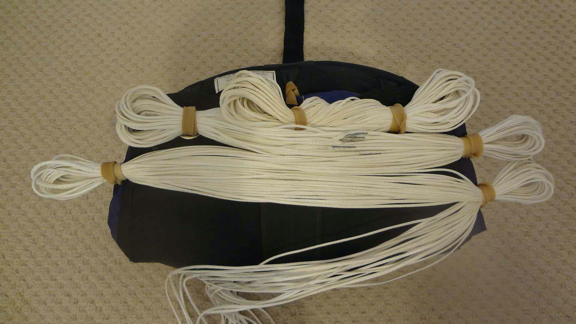
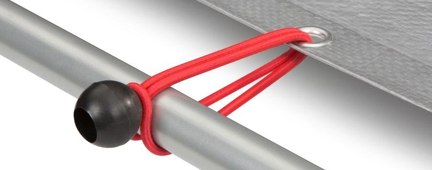
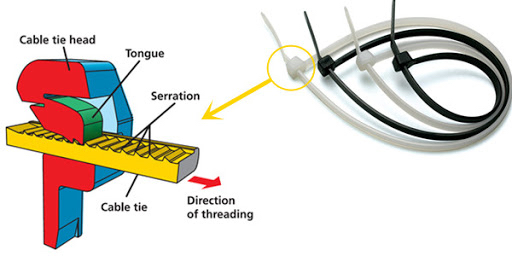
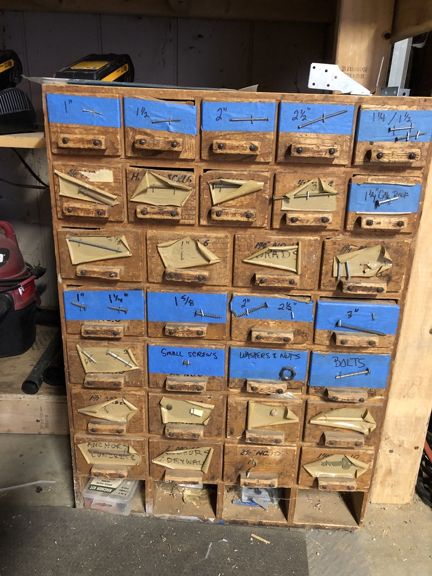
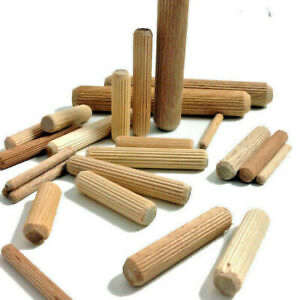
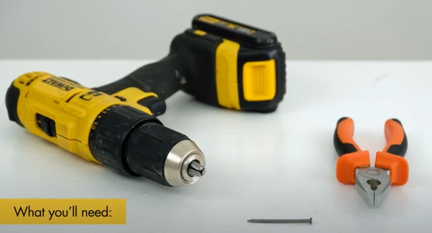
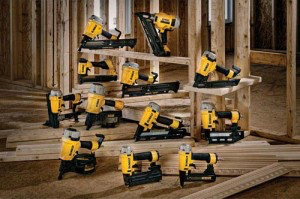
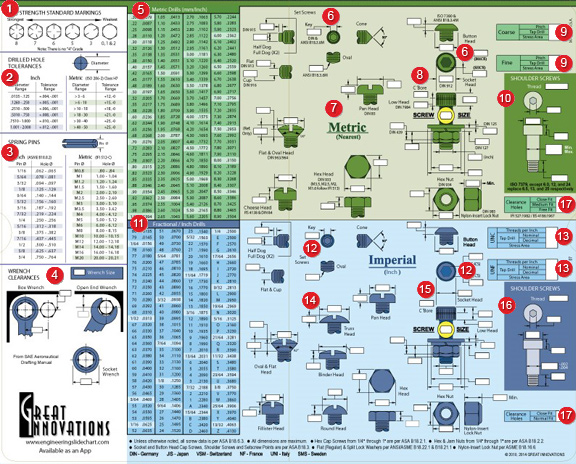
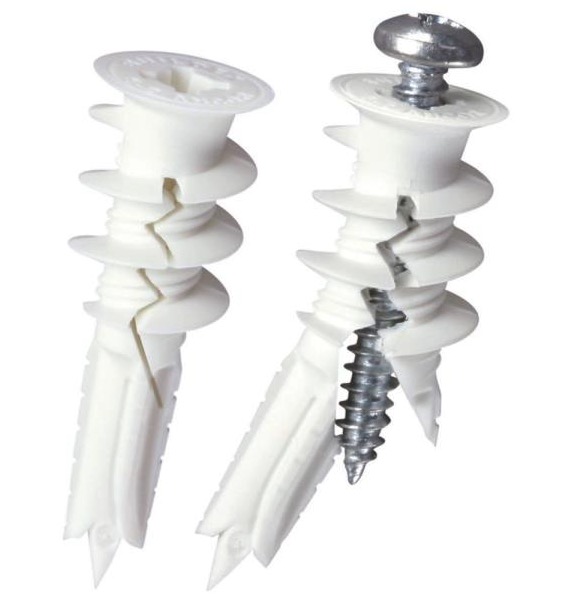

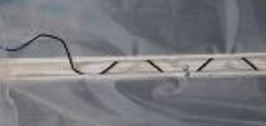
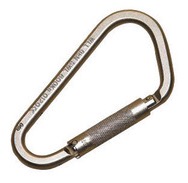
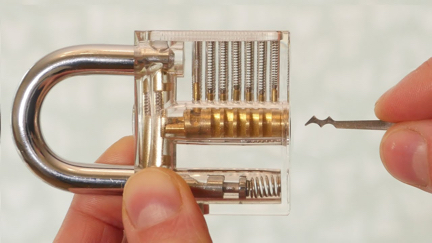
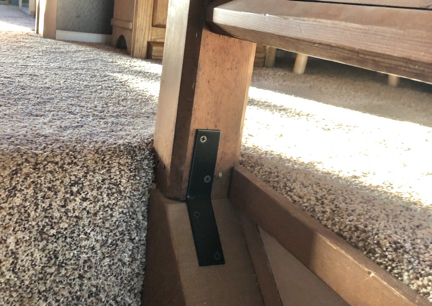


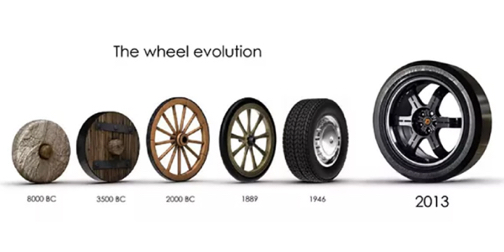
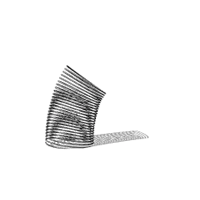
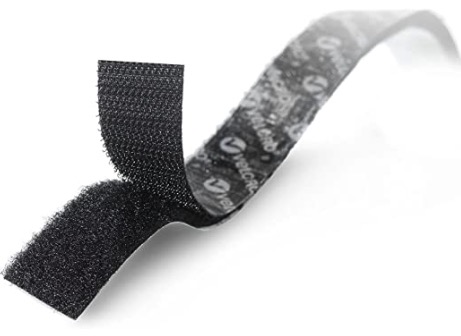
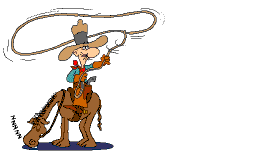
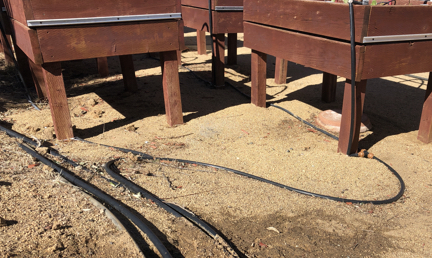

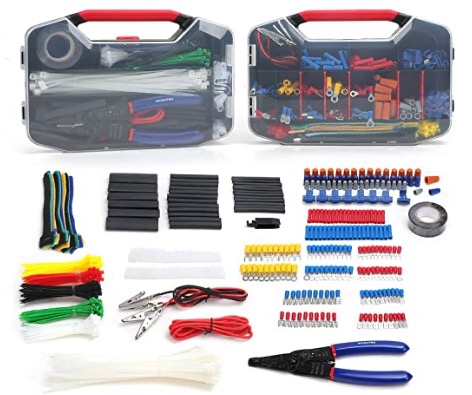
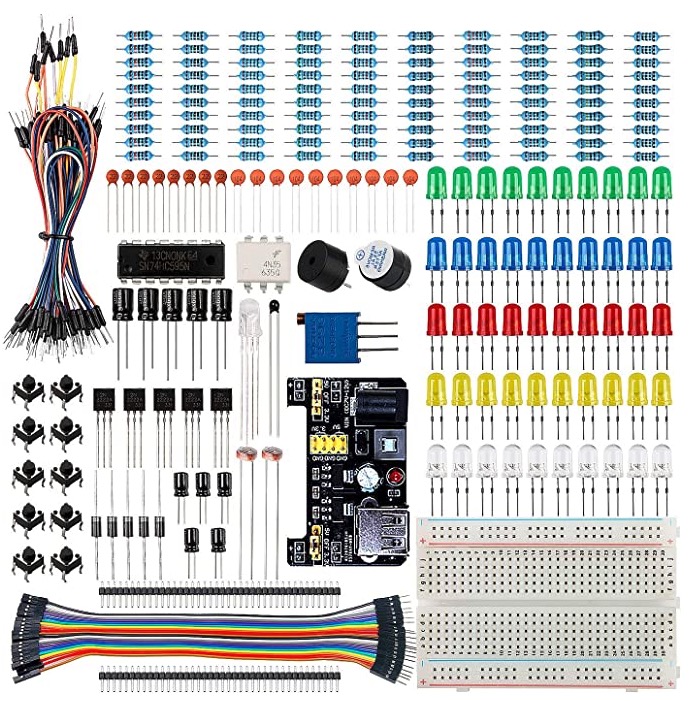


Fabulous exposition. Keeping this to use for when emergencies arise. Great and simple.
Informative and fun, and a great fan of
Rube Goldberg. Wishing you and your family
a great Thanksgiving . Sincerely Stewart
Here is a great rube goldburg machine Stewart: https://www.youtube.com/watch?v=RBOqfLVCDv8
I’m another Rube Goldberg fan, Rick. Hope your family is staying safe & well and that you had a good Thanksgiving…….